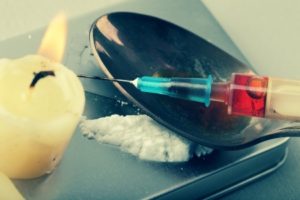 The Act thus literally extends immunity to all phases of the criminal process, starting with a person’s arrest and culminating with conviction at a trial. That continuous and broad application is consistent with the objectives of the statute to encourage people to seek medical treatment for persons who appear to be experiencing an overdose. Persons who would call for or seek help might hesitate if they knew the immunity would be useless to them until the time of an eventual trial, and would not provide a basis to free them from pretrial release from jail or enable criminal charges to be dismissed at an early stage.
The Act thus literally extends immunity to all phases of the criminal process, starting with a person’s arrest and culminating with conviction at a trial. That continuous and broad application is consistent with the objectives of the statute to encourage people to seek medical treatment for persons who appear to be experiencing an overdose. Persons who would call for or seek help might hesitate if they knew the immunity would be useless to them until the time of an eventual trial, and would not provide a basis to free them from pretrial release from jail or enable criminal charges to be dismissed at an early stage.
Hence, we hold that the OPA immunity can be raised at any time in the criminal process, including, for example, the grand jury phase, the post-arrest or post-charge phase, a bail or pretrial detention hearing, a pretrial motion to dismiss charges, or as a defense at trial.
An unanswered question is whether a claim of immunity can be raised before a jury if it is initially raised pretrial and rejected by the judge. If it can only be raised once, it presents a complicated question of strategy for defense counsel.
Because the OPA does not negate an element of a crime but instead is based on separate public policies that confer immunity from what otherwise would comprise an offense under certain CDS statutes, we believe the burden of proving the immunity is properly placed upon the defendant. The defendant bears that burden of establishing the immunity by a preponderance of the evidence. See N.J.S.A. 2C:1-13(d) (mandating that where the application of the criminal code depends on a finding of facts which is not an element of an offense or designated by statute as an affirmative defense, the burden of proving those facts rests upon the party “whose interest or contention will be furthered if the finding should be made”); see also State v. Ingram, 98 N.J. 489, 493 (1985).
